As a free and open-source operating system, Linux has spawned several distributions over time, spreading its wings to encompass a large community of users. From desktop/home users to Enterprise environments, Linux has ensured that each category has something to be happy about.
This guide highlights 10 Linux distributions and aims to shed light on who their targeted users are.
1. Debian
Debian is renowned for being a mother to popular Linux distributions such as Deepin, Ubuntu, and Mint which have provided solid performance, stability, and unparalleled user experience. The latest stable release is Debian 10.5, an update of Debian 10 colloquially known as Debian Buster.
Note that Debian 10.5 does not constitute a new version of Debian Buster and is only an update of Buster with the latest updates and added software applications. Also included are security fixes that address pre-existing security issues. If you have your Buster system, there’s no need to discard it. Simply perform a system upgrade using the APT package manager.
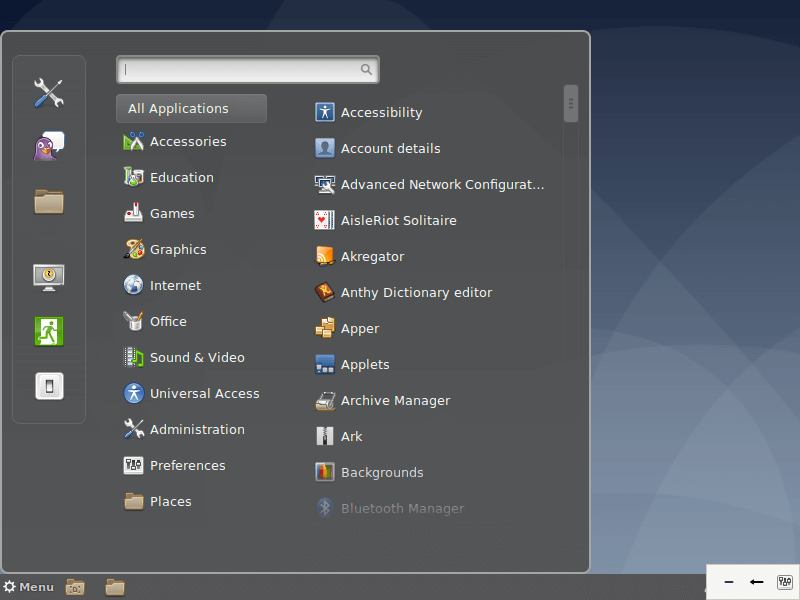
The Debian project provides over 59,000 software packages and supports a wide range of PCs with each release encompassing a broader array of system architectures. It strives to strike a balance between cutting edge technology and stability. Debian provides 3 salient development branches: Stable, Testing, and Unstable.
The stable version, as the name suggests is rock-solid, enjoys full security support but unfortunately, does not ship with the very latest software applications. Nevertheless, It is ideal for production servers owing to its stability and reliability and also makes the cut for relatively conservative desktop users who don’t really mind having the very latest software packages. Debian Stable is what you would usually install on your system.
Debian Testing is a rolling release and provides the latest software versions that are yet to be accepted into the stable release. It is a development phase of the next stable Debian release. It’s usually fraught with instability issues and might easily break. Also, it doesn’t get its security patches in a timely fashion. The latest Debian Testing release is Bullseye.
The unstable distro is the active development phase of Debian. It is an experimental distro and acts as a perfect platform for developers who are actively making contributions to the code until it transitions to the ‘Testing’ stage.
Overall, Debian is used by millions of users owing to its package-rich repository and the stability it provides especially in production environments.
Download Debian ISO Images: http://www.debian.org/distrib/.
2. Gentoo
Gentoo is a distro built for professional use and experts who take into consideration what packages they are working with from the word go. This category includes developers, system & network administrators. As such, it’s not ideal for beginners in Linux. Gentoo comes recommended for those who want to have a deeper understanding of the ins and outs of the Linux operating system.
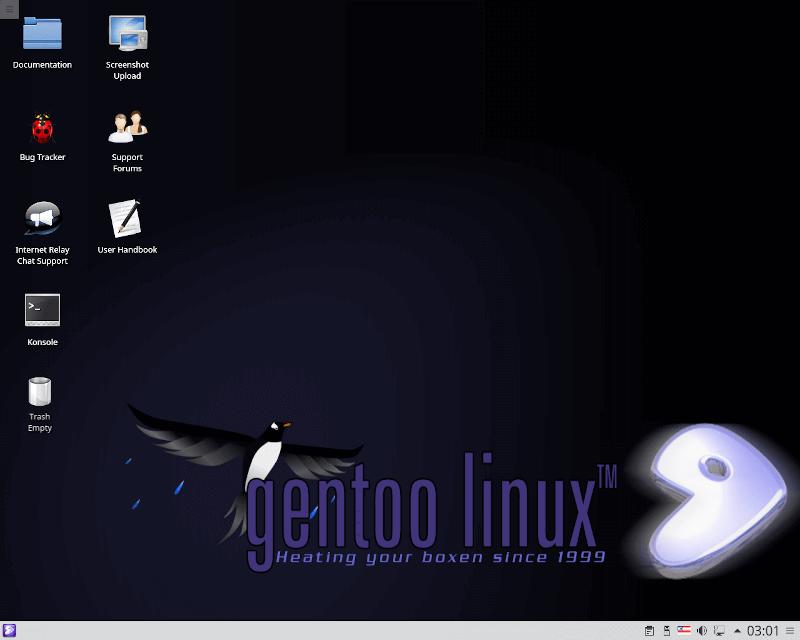
Gentoo ships with a package management system known as portage which is also native to other distros such as Sabayon, and Calculate Linux which is based on Gentoo and backward-compatible with it. It is Python-based and based on the ports’ collections concept. Port collections are sets of patches and makefiles provided for by BSD-based distros such as OpenBSD and NetBSD.
Download and Installation of Gentoo: http://www.gentoo.org/main/en/where.xml.
3. Ubuntu
Created and maintained by Canonical, Ubuntu is one of the most popular Linux distros enjoyed across the globe by beginners, intermediate users, and professionals alike. Ubuntu was specifically designed for beginners in Linux or those transitioning from mac and Windows.
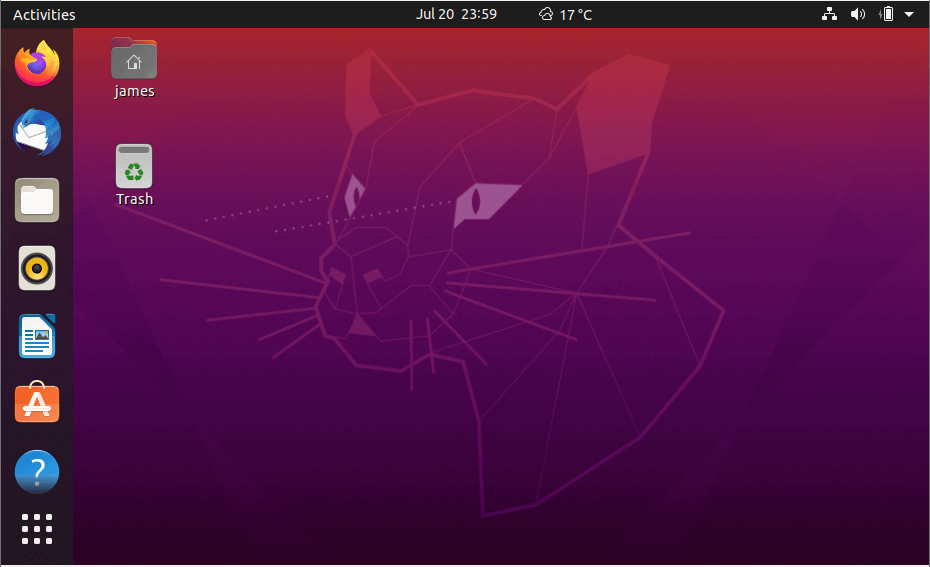
By default, Ubuntu ships with GNOME desktop environment with every day out-of-the-box applications such as Firefox, LibreOffice, and image editing applications such as GIMP, music players, and video players such as Audacious and Rhythmbox.
The latest version is Ubuntu 20.04 LTS codenamed Focal Fossa. It provides numerous improvements and new features such as the new Yaru theme, new look and polished icons, great support for Snap packages, and the fractional scaling functionality that provides support for high-resolution displays.
Ubuntu forms the basis of several other Linux distributions. Some of the distributions based on Ubuntu 20.04 include Lubuntu 20.04 LTS, Kubuntu 20.04, and Linux Mint 20.04 LTS (Ulyana).
Due to its user-friendliness and elegant UI, Ubuntu is ideal for desktop users and newcomers who are trying to wrap their head around Linux. They can readily get started with default Apps as stated earlier on as they work their way towards getting a better understanding of Linux.
It’s worth mentioning Ubuntu Studio which is geared towards multimedia production. It targets creatives who are looking to make a career in graphics, photography, audio, and video production.
Download Ubuntu ISO image: https://ubuntu.com/download/desktop.
4. Linux Mint
Linux Mint is a hugely popular community-driven Linux distro based on Ubuntu. It has transcended time to provide one of the most elegant, and user-friendly distributions loved by desktop users and professionals alike. Despite the controversy surrounding the latest release – Mint 20 – dropping snap support by default, Mint remains a stable, powerful and outstanding Linux distribution.
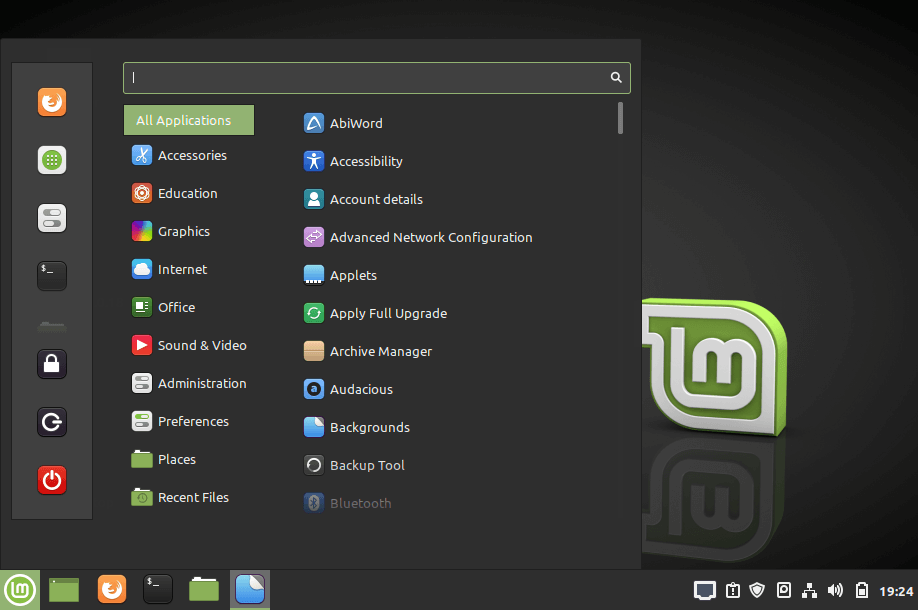
To enable snap support, simply run the commands:
$ sudo rm /etc/apt/preferences.d/nosnap.pref $ sudo apt update $ sudo apt install snapd
Based on Ubuntu 20.04 LTS, Mint 20 is available in 3 desktop editions – Cinnamon, XFCE and MATE editions. Mint has dropped support for 32-bit versions and is only available in 64-bit. Under the hood, Linux Mint 20 rides on Linux kernel 5.4 with new enhancements such as improved support for AMD Navi 12, Intel Tiger Lake CPU and NVIDIA GPU. Additionally, the general UI has received a revamp with polished icons, new themes, high-resolution background images and a retouched taskbar.
New features include Warpinator, which is a file-sharing program that works in a LAN and fractional scaling feature for HiDPI displays to enjoy sharper and crisp images. You will also get other applications for everyday use such as Firefox, LibreOffice, Audacious music player, Timeshift, and Thunderbird.
If you want a fast and stable Linux desktop to perform day-to-day desktop tasks, listening to music, watching videos, and even gaming, Mint is the go-to distribution. Mint 20 is a long term release and will receive support until 2025. We have an article on how to install Mint 20 on your PC.
Download Linux Mint ISO Image – https://linuxmint.com/download.php
5. Red Hat Enterprise Linux
Abbreviated as RHEL, Red Hat Enterprise Linux is a Linux distro designed for Enterprise or commercial purposes. It’s one of the leading open-source alternatives to other proprietary systems such as Microsoft. Red Hat is usually a top choice for server environments given its stability and regular security patches which boost its overall security.
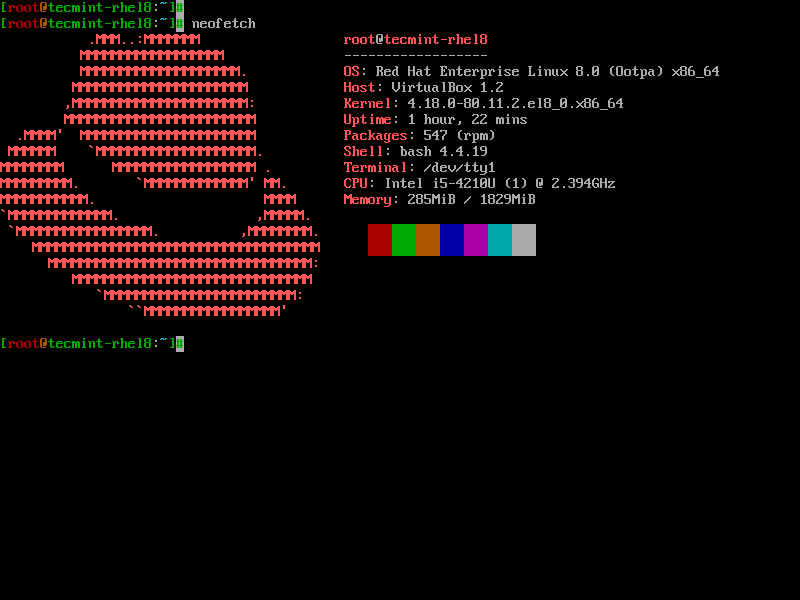
You can readily set it up on physical servers, virtual environments such as VMware, HyperV, and also on the cloud. Red Hat has done a perfect job in containerization technology thanks to OpenShift PaaS (platform as a service), a hybrid cloud environment that is built around Docker containers and managed by Kubernetes.
Redhat trains and certifies system administrators through specialist courses such as RHCSA (Red Hat Certified System Administrators) and RHCE (Red Hat Certified Engineer).
Where efficiency, security, and stability are of utmost priority RHEL is the ideal distro to opt for. RHEL is subscription-based and the subscription is renewed annually. You can purchase a license for an array of subscription models such as Linux Developer Workstation, Linux developer suite, and Linux for Virtual Datacenters.
Traditionally, Red Hat and its derivatives such as CentOS have used yum package manager. Things have changed now and the latest release – RHEL 8 (Ootpa) – now uses DNF as its default package manager. RHEL is distributed using 2 main repositories – AppStream repository and the BaseOS.
The AppStream repository (Application Stream) provides all the software applications that you want to install on your system while the BaseOS provides applications only for the core functionality of the system.
Additionally, you can also download and try out RedHat for free by through the Red Hat developer program.
6. CentOS
The CentOS Project is a community-driven free operating system that aims at delivering a robust and reliable open source ecosystem. Based on RHEL, CentOS is a perfect alternative to Red Hat Enterprise Linux since it is free to download and install. It gives users the stability and reliability of RHEL while allowing them to enjoy free security and feature updates. CentOS 8 is a favourite among Linux enthusiasts who want to savour the benefits of RHEL.
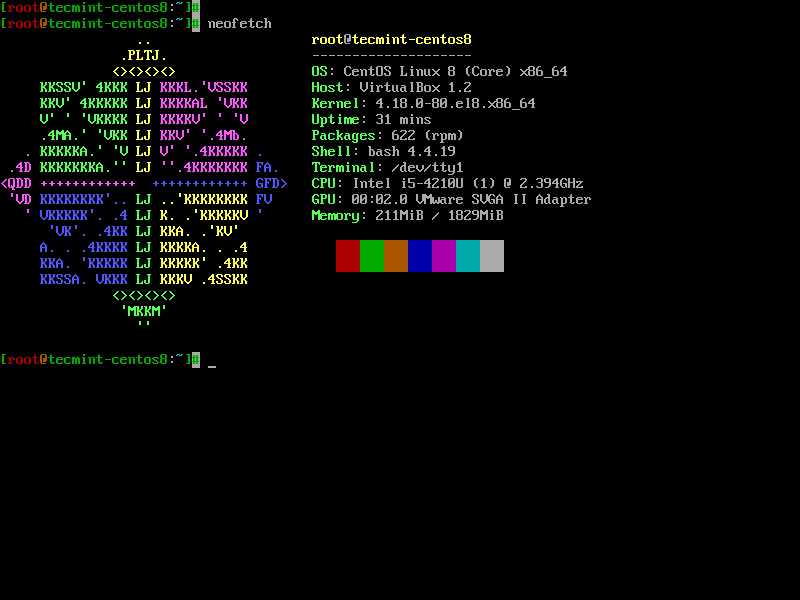
The latest version is CentOS 8.2 which is the third iteration of CentOS 8. It relies on App stream and BaseOS repositories and ships with the latest software packages such as Python 3.8, GCC 9.1, Maven 3.6, etc.
Download CentOS 8 – https://www.centos.org/centos-linux/.
7. Fedora
Fedora has enjoyed a reputation for being one of the most user-friendly distros for quite a while now owing to its simplicity and out-of-the-box applications which enable newcomers to easily get started.
It’s a powerful and flexible operating system that’s tailored for desktops & laptops, servers, and even for IoT ecosystems. Fedora, just like CentOS, is based on Red Hat and is in fact, a testing environment for Red Hat before transitioning to the Enterprise phase. As such, it’s usually used for development and learning purposes and comes in handy for developers and students.
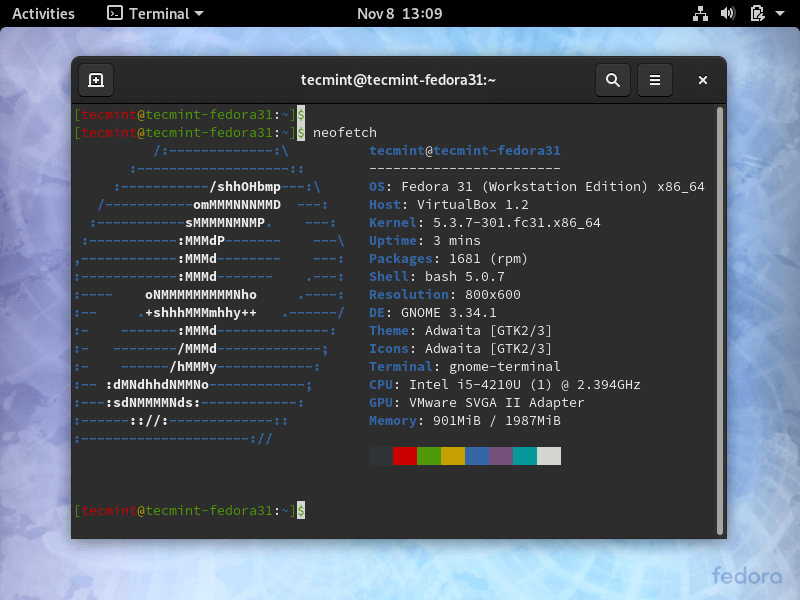
Fedora has for a while now used the DNF package manager ( and still uses it as its default package manager) and offers the latest and the very best in RPM software packages. The latest Fedora is Fedora 32.
Download Fedora Linux – https://getfedora.org/.
8. Kali Linux
Developed and maintained by offensive security, Kali Linux is a Debian-based Linux distro designed for penetration testing and conducting digital forensics. It ships with out-of-the-box tools meant for penetration testing such as Nmap, Metasploit Framework, Maltego, and Aircrack-ng to mention a few.
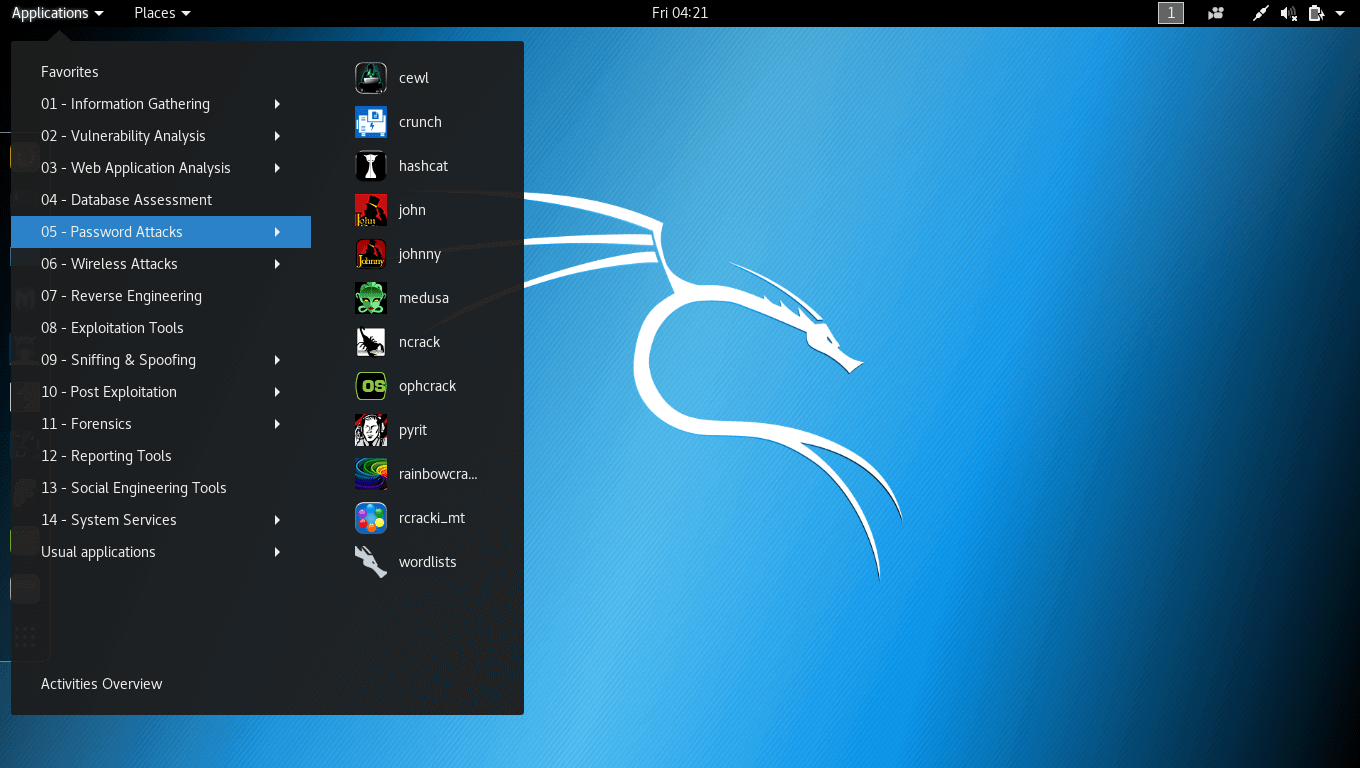
Kali Linux is meant for Cybersecurity experts and students who want to venture into penetration testing. In fact, Kali provides industry-standard certifications such as Penetration Testing with Kali and Kali Linux Certified Professional.
Kali uses the APT package manager and the latest version is Kali 2020.2 and here’s a guide on how to install Kali 2020.2.
Download Kali Linux – https://www.kali.org/downloads/.
9. Arch Linux
Arch Linux is a lightweight and flexible geeky Linux distro designed for advanced users or Linux experts who care much about what is installed and the services running. It gives users the freedom to custom or configures the system, to their preference. In a nutshell, Arch is meant for users who really know the ins and outs of working with Linux.
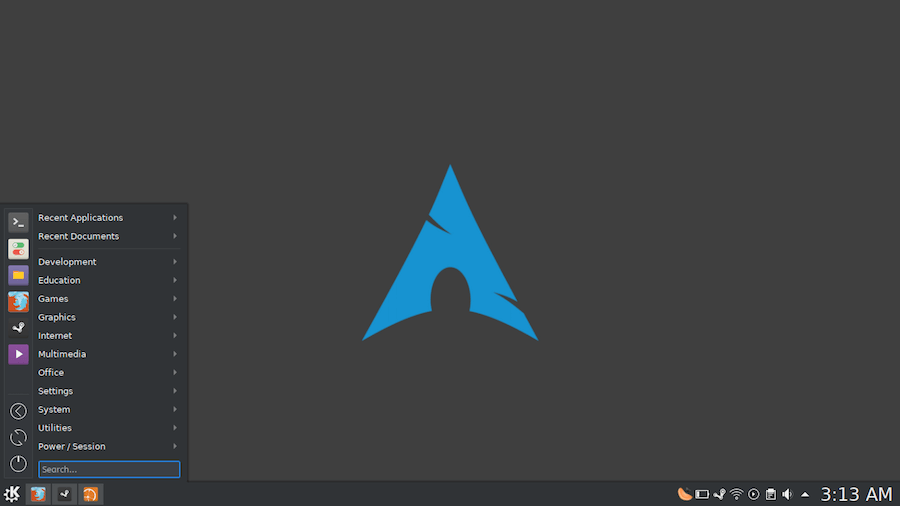
Arch is a rolling release implying that it is constantly updated to the latest version and all you need is to update the packages on the terminal. It uses Pacman as the default package manager and leverages the AUR (Arch User Repository) which is a community to install software packages and the latest version is 2020.09.01.
Download Arch Linux – https://www.archlinux.org/download/.
10. OpenSUSE
The OpenSUSE project is a modern and comprehensive community project that provides 2 main SUSE branches: SUSE Leap which is a point release that targets desktop users as well as enterprise development and for testing purposes. This makes it a perfect choice for open source developers and System administrators.
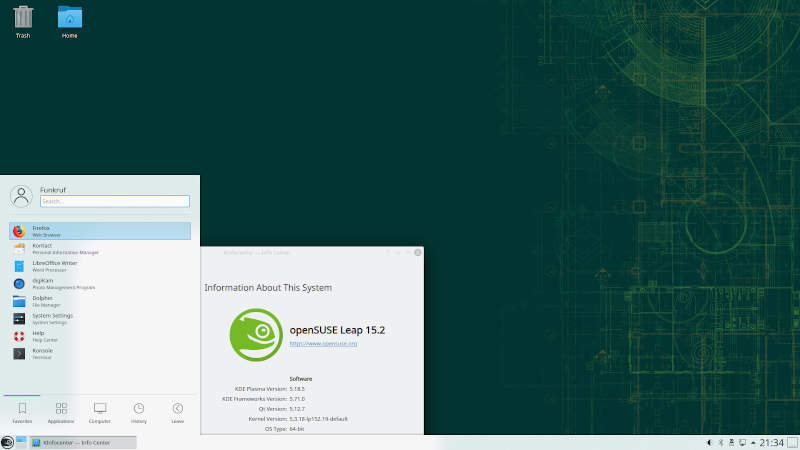
On the other hand, it has SUSE Tumbleweed, a rolling release that packs the latest software stacks and IDEs and is the closest you’ll get to a bleeding-edge distro. TumbleWeed is any power user’s or software developer’s piece of cake thanks to the availability of up-to-date packages such as office applications, GCC compiler, and the kernel.
OpenSUSE relies on the Yast package manager for managing software packages and is recommended for developers and system administrators.
Download OpenSUSE Linux – https://www.opensuse.org/.
Conclusion
Of course, that’s just a handful of the available Linux distributions out there and is by no means an exhaustive list. There are over 600 Linux distros and about 500 in active development. However, we felt the need to focus on some of the widely used distros some of which have inspired other Linux flavors.

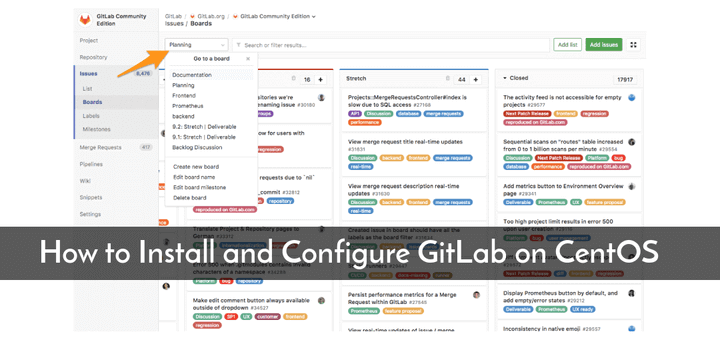
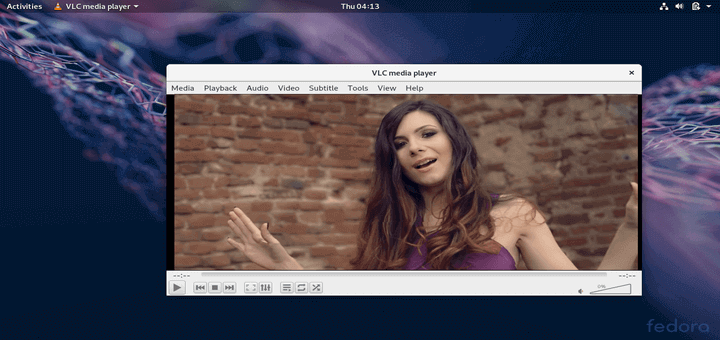
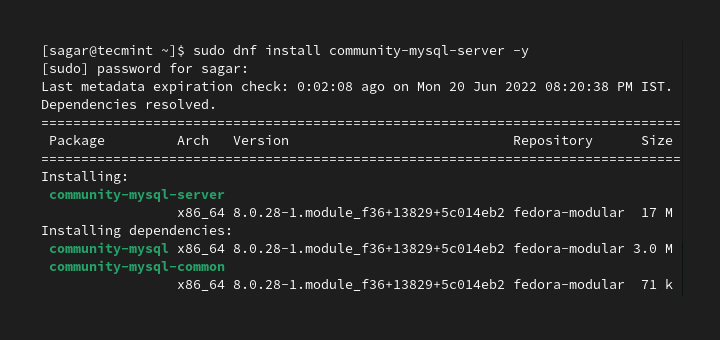

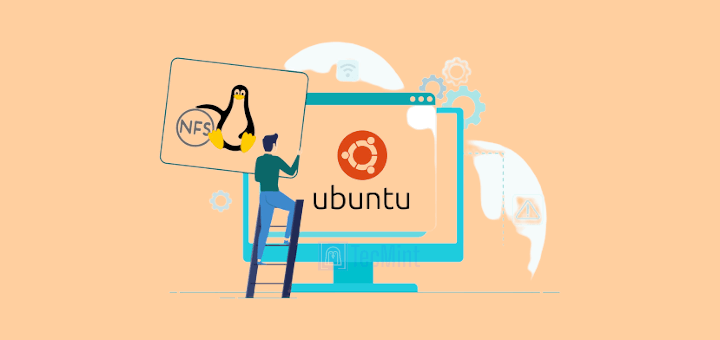
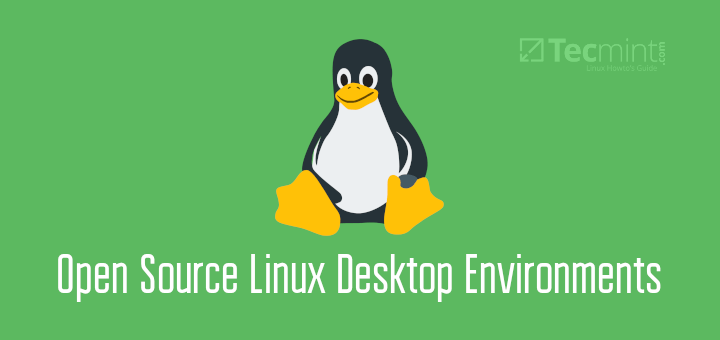
I have over 15 different Linux distros on my desktop HP machine, which have been cross-tested. I can wonder at so many various assessments about the best distros, how many recommend without assessing which languages they focus on.
Various systems work fine in English, but it comes to other languages such as e.g. Danish descriptions appear mixed in English/Danish and in some cases only in English, which cannot be corrected. (a reference to PCLinuxOS).
As an in-depth tester of distros, I can recommend MX 21.3, Mint 21.1, and LMDE 5 “Elsie”, to settle for 3 of the best.
Hi,
My first microcomputer was Atari 520 st running on Motorola 68000 processor and Tramier Operating system in 1986 with a GUI, then I had to switch on to IBM compatible intel 80386 then 486 and then Pentium and dual core with msdos 3.22 and windows nt and windows 95 and the later Microsoft windows presently w 11 nontpm complaints.
I had been using Unix earlier, c language of k and r, and afterward linux ever so many flavors nowadays, of course with lilo and grub2 bootloaders. I am extremely fond of and find efficient and userfriendly the Ubuntu even the 21 version lts, Just thought will write a few lines about my preferences, wishing all free ops and of course all ops all the best in computational tactics,
I’ve been an Ubuntu user since Ubuntu 6 and I was 1 of many that helped users install and fix loading and hardware problems I dropped out when the programmers sold out after ubuntu 10.4 which was the last flavor before back doors were put in.
Would pick Arch Linux looks very clean…
As a long-term Linux user, I tend to avoid anything Ubuntu flavored and am amazed it became so popular because it was just another Debian clone when it first appeared and a very drab ordinary one at that. It is credited with bringing user-friendliness to Linux, which also sticks in my craw because it did nothing of the sort with Libranet (a much better Debian clone) more deserving of that title, but their others before that too and Linux was only ever user-unfriendly in its early infancy as a university project.
It’s (the U word) obviously got better over the years, but I prefer not to follow the sheep (and media hype) and use something else. Debian is obviously a solid base for any distro, so MX Linux is the one for me. Fast and stable with lots of MX-specific nice touches that make it stand out from the crowd.
I’ve flirted with many distros over the last 20 years, but few have remained on the hard drive as daily drivers. I used Slackware and variants for many years, along with Conectiva ( now defunct ) and PCLinuxOS till quite recently – still one of the best distros for newcomers to Linux. But MX Linux has proved reliable over the last 6 months or so and I can’t see myself changing it.
With due respect in regards to the popularity of Ubuntu; The reason for this is because of the cost structure for Ubuntu, nothing-at-all, allowing it to become a base for new users easily and rapidly, owing in large part to the ever-expanding community of users who can download and install it, quickly and easily, with no-cost;
They have succeeded because they have not charged a dime for their product, which can’t be said for this superior distro you discuss, ‘Libranet‘.
THAT SAID, I’m certainly not advocating Ubuntu for everyone, as that isn’t strong for anyone (As Microsoft exemplifies, being substantially greater in cost, with no benefit aside from universality, and significant detractors over the years, largely in (in)efficiency), having no competition is very BAD for technology ingenuity.
Tried many distros and always come back to Kubuntu and if you like Mint try Ubuntu Cinnamon Remix.
Just a comment on my experience with Linux…
I’ve been very happy with Ubuntu the last couple of years, Kubuntu to be exact. Currently running 20.04 LTS. I’ve been running Linux since the first Slackware on a stack of floppies. Then through the Red Hats, Fedora Core, and then Fedora I got tired of upgrading every 6 months or so, on several machines and settled on an LTS distro.
Mint Cinnamon was the distro for me then, but then the AMD Ryzen processors (I was an early adopter) came along and Mint did not support that processor at the time I was upgrading my hardware. That’s when I jumped to the latest Ubuntu to get up and running on Ryzen, and finally now on 20.04 LTS.
Running 20.04 on a home server, two desktops, a couple of laptops. Running a 32bit Linux version on a netbook really put life back into it. Of course, all my Raspberry Pis all run Raspbian, or PI OS as it is now called (this is Debian).
I mention this because I’ve had no driver issues and stability has been great (a few years ago that wasn’t the case!) out of the box. That stigma attached to Linux is gone. Linux has been ‘very’ good in the last few years of just load the OS and use.
For us, there is no reason to run Windows at home as LibreOffice, VLC (media player), Firefox, and Thunderbird easily handle the most common use cases and other apps handle the rest. As a programmer by trade, I have access to any tool I choose to use (c, c++, Pascal, Fortran, Python, Perl, Cobol, Rust, Ada, etc.). Use FreeCad for part design work. KiCad for electronic board design.
Any more, if asked, Kubuntu or Mint Cinnamon is the OSs I recommend for everything. Beginner to power user (unless looking for pen testing, then Kali). Load and use. The Arch distro I’d stay away from for beginners…
One thing I really like about Linux is choice. Lots of distros and lots of GUIs. I don’t like the Gnome user interface for example. So I settled on KDE, now that it has matured. I was on LXDE for awhile. In Windows, I don’t have a choice. Like it… or lump it. Choices. It’s great! Also freedom. Freedom from having to ‘register’ each install of OS, freedom from pocketbook bleeding (OS, Office, Virus Protection, you name it), freedom from forced to accept downloads, freedom from forced reboots.
Multi-user out of the box, no licensing. So many things are better. BTW, Yes, I still use Windows at work, unfortunately. I have worked with/programmed on CPM, DOS, OS/2, Win3.1, to Win10 down thru the years on PCs. . Windows 7 was the last Win OS I ever ‘bought’ years ago and it is no longer spinning (I did install FreeDOS, Win XP, and Win7 in VMs, but rarely run). So Windows free. Linux really ‘fit’ into my computing home life.
Enough rambling.
Ditto, nowadays Ubuntu LTS (only)/Mint are the most stable ones, I am completely into as daily machine Linux leaving behind Windows and Mac. Pros with ubuntu it supports many official software/drivers some examples:-
Evernote Client
WPS office
Crossover Linux
Official AMDGPU repo
Gnome-Disks
Pychess and many more… I cannot live without.